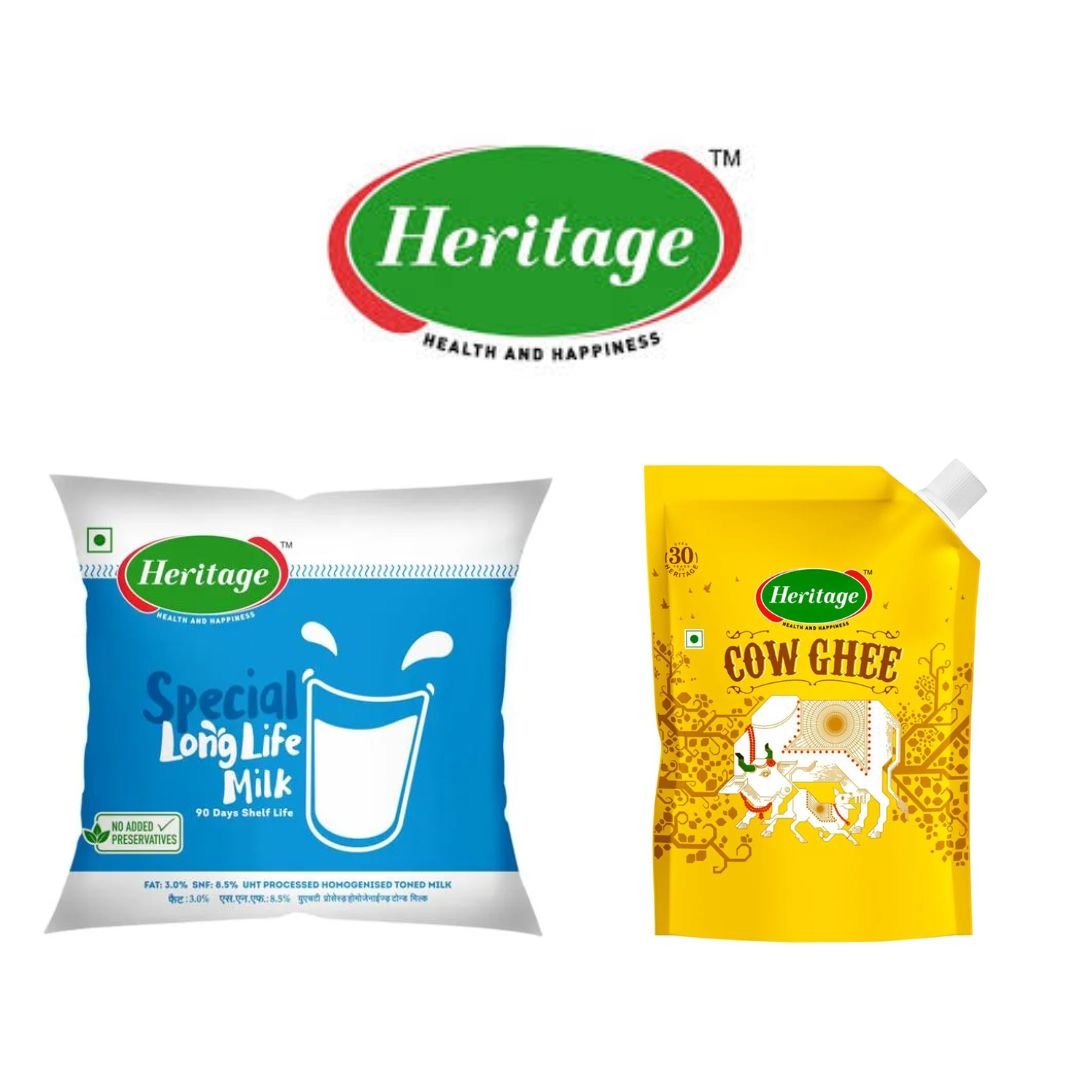Trademark Class 29: Milk, Cheese, Butter, and More
Choosing the correct trademark class is one of the most important steps in trademark registration. A clear classification helps ensure your product is well protected. Sometimes, a trademark may fall into more than one class. In such cases, applying under multiple classes offers broader legal coverage.
In this blog, we explore Trademark Class 29 in detail and highlight its importance in brand protection.
What Does Trademark Class 29 Cover?
Trademark Class 29 includes a wide range of food-related products. These are typically animal or plant-based products, many of which are processed or preserved.
Here are some of the key items covered under Class 29:
-
Milk and dairy products like butter, cheese, and yogurt
-
Edible oils and fats
-
Meat and fish products
-
Preserved, dried, and cooked fruits and vegetables
-
Jams, jellies, and compotes
-
Eggs and other protein-rich foods
-
Ready-to-eat meals and convenience foods
This class is essential for food brands that deal with packaged goods or dairy-based products.
Why Is Class 29 Important?
When you file a trademark, it defines your rights within the specific category of goods or services. Filing under Class 29 ensures that your brand is protected in the food and dairy sector.
If you’re launching a brand of ghee, packaged milk, or frozen vegetables, choosing Class 29 avoids legal issues later. Also, if a competitor uses a similar name for a dairy product, your registered trademark can help stop them.
Exclusions from Class 29
It’s important to understand what Class 29 does not include. Products that are not processed or preserved fall into different classes. For example:
-
Fresh fruits and vegetables belong to Class 31
-
Beverages like milkshakes and smoothies are often classified under Class 32 or 33
-
Nutritional supplements may fall under Class 5
Always double-check your product category before filing.
Common Mistakes to Avoid
One of the most common mistakes is filing under the wrong class. This can lead to trademark rejection or weak legal protection. For instance, if you are selling flavored milk drinks and mistakenly file under Class 30 (which covers coffee and tea), your application may be declined or not protect your product effectively.
To avoid these issues, consult a trademark professional or use a detailed classification guide.
Famous Trademarks in Class 29
Some well-known brands protected under Class 29 include:
-
Amul – dairy products like milk, butter, and cheese
-
Mother Dairy – milk, paneer, and frozen vegetables
-
Nestlé – ready-to-eat meals and milk products
These brands have secured their market through proper trademark registration under the right class.
Trademark Class 29 is crucial for anyone involved in the food processing or dairy industry. It offers legal protection for products like milk, cheese, butter, oils, and preserved foods. Choosing the right class ensures your brand is legally secure and commercially successful.
Before filing, review your product list and confirm the correct class. It’s a small step that makes a big difference.
Brands/Trademarks you Might Know in Class 29:

How can Tradeviser help in your Trademark journey?
We have an awesome in-house team of Trademark professionals who can provide valuable assistance throughout the trademark process. Our Trademark Attorneys can then help prepare and file a trademark application with the relevant trademark office and respond to the office’s actions or objections to the examination. If the trademark is challenged, our attorney can help prepare and present a strong case supporting the application. Finally, once a trademark is registered, our attorney can help monitor and enforce trademark rights to prevent infringement by others. Through our team’s expertise and knowledge of the legal environment, we can help ensure that the trademark registration process goes smoothly and the resulting trademark offers the necessary protection of the symbol or object.
Detailed List of goods Classified under Class 29
1. ajvar [preserved peppers]
2. albumen for culinary purposes
3. albumin milk / protein milk
4. alginates for culinary purposes
5. almond milk
6. almond milk for culinary purposes
7. almond milk-based beverages
8. almonds, ground
9. aloe vera prepared for human consumption
10. anchovy, not live
11. animal marrow for food
12. apple purée
13. arrangements of processed fruit
14. artichokes, preserved
15. aubergine paste / eggplant paste
16. bacon
17. beans, preserved
18. berries, preserved
19. edible birds’ nests
20. black pudding / blood sausage
21. bone oil for food
22. preparations for making bouillon
23. broth / bouillon
24. broth concentrates / bouillon concentrates
25. bulgogi [Korean beef dish]
26. butter
27. buttercream
28. candied nuts
29. caviar
30. charcuterie
31. cheese
32. clams, not live
33. cocoa butter for food
34. coconut butter
35. coconut fat
36. coconut milk
37. coconut milk for culinary purposes
38. coconut milk-based beverages
39. coconut oil for food
40. coconut, desiccated
41. compotes
42. condensed milk
43. corn dogs
44. cottage cheese fritters
45. cranberry compote
46. crayfish, not live
47. cream [dairy products]
48. croquettes
49. crustaceans, not live
50. crystallized fruits / frosted fruits
51. curd
52. dates
53. eggs*
54. escamoles [edible ant larvae, prepared]
55. extra virgin olive oil for food
56. falafel
57. fat-containing mixtures for bread slices
58. edible fats
59. fatty substances for the manufacture of edible fats
60. fish fillets
61. fish meal for human consumption
62. fish mousses
63. fish roe, prepared
64. fish, not live
65. fish, preserved
66. fish, tinned / fish, canned
67. fish-based foodstuffs
68. flavoured nuts / flavored nuts
69. freeze-dried meat / lyophilised meat / lyophilized meat
70. freeze-dried vegetables / lyophilised vegetables / lyophilized vegetables
71. fruit chips
72. fruit jellies
73. fruit peel
74. fruit preserved in alcohol
75. fruit pulp
76. fruit salads
77. fruit, preserved
78. fruit, stewed
79. fruit-based snack food
80. frozen fruits
81. fruits, tinned / fruits, canned
82. galbi [grilled meat dish]
83. game, not live
84. preserved garlic
85. gelatine*
86. gherkins
87. ginger jam
88. guacamole [mashed avocado]
89. ham
90. hazelnuts, prepared
91. herrings, not live
92. hot dog sausages
93. hummus [chickpea paste]
94. edible insects, not live
95. isinglass for food
96. jams
97. jellies for food
98. kephir [milk beverage] / kefir [milk beverage]
99. kimchi [fermented vegetable dish]
100. klipfish [salted and dried cod]
101. koumiss [milk beverage] / kumiss [milk beverage] / kumys [milk beverage] / kumyss [milk beverage]
102. lard
103. laver, preserved
104. lecithin for culinary purposes
105. lemon juice for culinary purposes
106. lentils, preserved
107. linseed oil for food / flaxseed oil for food
108. liver
109. liver pâté / liver pastes
110. lobsters, not live
111. low-fat potato crisps / low-fat potato chips
112. maize oil for food / corn oil for food
113. margarine
114. marmalade
115. meat
116. meat extracts
117. meat jellies
118. meat, preserved
119. meat, tinned / meat, canned
120. milk
121. milk beverages, milk predominating
122. milk ferments for culinary purposes
123. milk products
124. milk shakes
125. milk substitutes
126. mushrooms, preserved
127. mussels, not live
128. non-alcoholic eggnog
129. nut-based spreads
130. nuts, prepared
131. oat milk
132. oils for food
133. olive oil for food
134. olives, preserved
135. onion rings
136. onions, preserved
137. oysters, not live
138. palm kernel oil for food
139. palm oil for food
140. peanut butter
141. peanut milk
142. peanut milk for culinary purposes
143. peanut milk-based beverages
144. peanuts, prepared
145. peas, preserved
146. pectin for culinary purposes
147. pickles
148. pollen prepared as foodstuff
149. pork
150. potato crisps / potato chips
151. potato flakes
152. potato fritters
153. potato-based dumplings
154. poultry, not live
155. powdered eggs
156. powdered milk*
157. prawns, not live
158. pressed fruit paste
159. prostokvasha [soured milk]
160. raisins
161. rape oil for food / colza oil for food
162. rennet
163. rice milk
164. rice milk for culinary purposes
165. ryazhenka [fermented baked milk]
166. salmon, not live
167. salted fish
168. salted meats
169. sardines, not live
170. sauerkraut
171. sausage casings, natural or artificial
172. sausages
173. sausages in batter
174. sea-cucumbers, not live
175. seaweed extracts for food
176. seeds, prepared*
177. sesame oil for food
178. shellfish, not live
179. shrimps, not live
180. silkworm chrysalis for human consumption
181. smetana [sour cream]
182. snail eggs for consumption
183. preparations for making soup
184. soups
185. soya bean oil for food
186. soya beans, preserved, for food
187. soya milk
188. soya patties
189. spiny lobsters, not live
190. suet for food
191. sunflower oil for food
192. sunflower seeds, prepared
193. sweet corn, processed
194. tahini [sesame seed paste]
195. tajine [prepared meat, fish or vegetable dish] / tagine [prepared meat, fish or vegetable dish]
196. tofu
197. tofu patties
198. tomato juice for cooking
199. tomato paste
200. tomato purée
201. tripe
202. truffles, preserved
203. tuna, not live
204. vegetable juices for cooking
205. vegetable marrow paste
206. vegetable mousses
207. vegetable salads
208. vegetable soup preparations
209. vegetable-based cream
210. vegetables, cooked
211. vegetables, dried
212. vegetables, preserved
213. vegetables, tinned / vegetables, canned
214. whey
215. whipped cream
216. white of eggs
217. yakitori
218. yogurt / yoghurt
219. yolk of eggs
220. yuba [tofu skin]

With over 35 years of service in the District Court of Odisha, I have witnessed and learned diverse range of cases while developing a deep understanding of the legal system. Having retired from my previous position, I now utilize my expertise to assist businesses and SMEs in managing and navigating matters related to Intellectual Property Rights and Tax Law.

